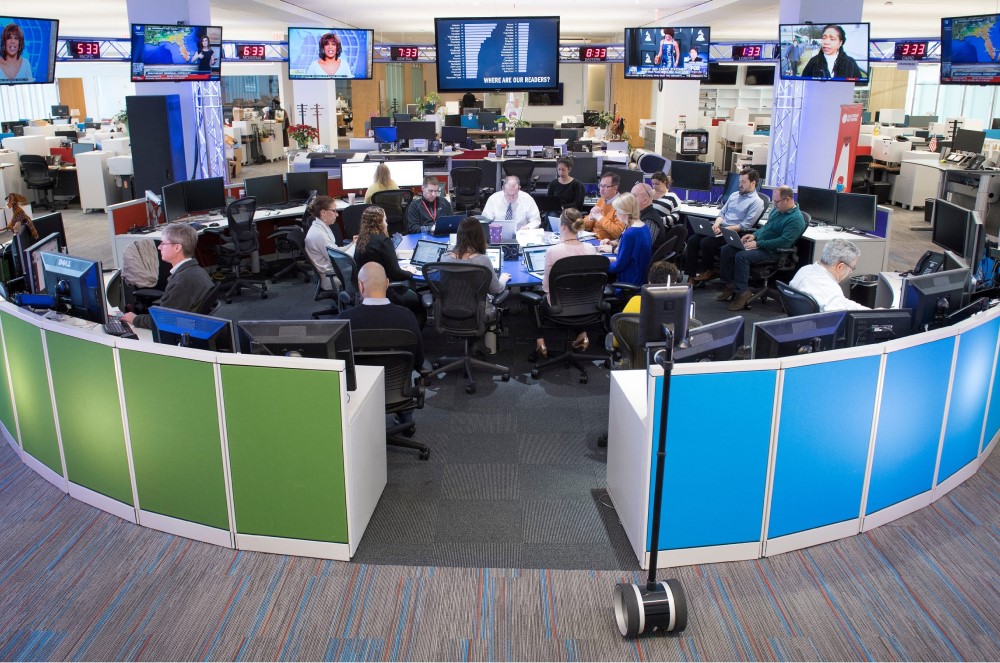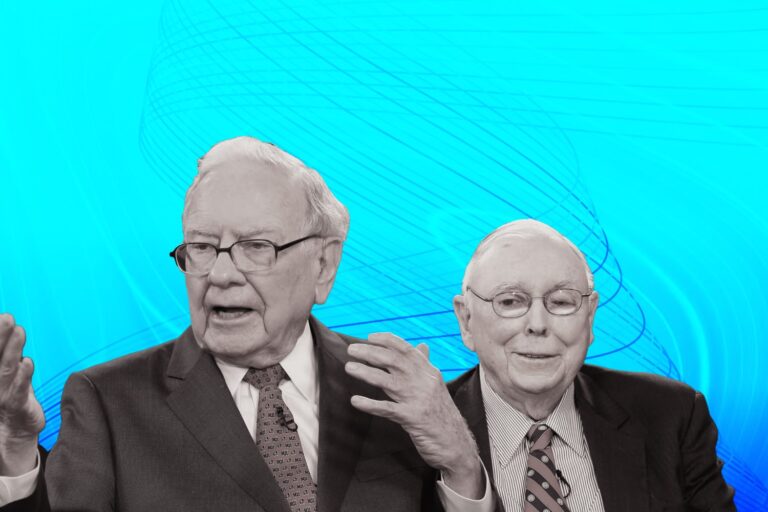How USA Today Reinvented Journalism Sphere & Whether It Is Still Relevant Today?
Having “debuted” within an era undergoing sharp declines in circulation and newspaper readership, the USA Today media giant became the first successful national daily general-interest newspaper in the 1980s. Impressing the industry with its stylish innovations, which were originally lampooned and mocked, USA Today is now one of the largest daily US newspapers in terms of circulation and serves as the flagship publication of its owner, the Gannett Company.
After a nearly 40-year run with around 93 Pultizer Prizes and several other journalism accolades, USA Today – together with its digital sites – has undoubtedly reshaped the journalism landscape. With the solid commitment to “reflect the pulse of the nation and serve as the host of the American conversation – today, tomorrow and for decades to follow,” USA Today print edition reaches more than 700,000 worldwide, with more than half a million digital subscribers. Having risen to such prominence, the brainchild of Allen H. Neuharth boasts a fascinating yet dramatic growth trajectory for itself. Let’s read on to explore the glamorous history of the most successful national newspaper as well as figure out whether this behemoth is still relevant today as a credible companion of readers.
USA Today: Nearly-40-Year Run of The Most Successful National Newspaper
USA Today as Neuharth’s Golden Brainchild
The media giant was dreamed up by Allen Neuharth, the famously hard-changing chairman of Gannett, a successful publisher of small-city newspapers. Anticipating a profitable market for a one-size-fits-all, easy-to-digest, general-interest newspaper targeting the managerial class of an increasingly mobile country, Neuharth realized leveraging technological innovations could do wonder for his business ambition. He deployed the ground-breaking satellite transmission, then a novel concept, to send pages of the newspaper to a network of printing plants across the country each night, so that the morning edition could make it to doorsteps and news boxes around the country every single day.
To delve into greater detail about USA Today’s “father”, Neuharth began his publishing career in 1952 by starting a statewide sports newspaper in his native South Dakota, and then joined Gannett in the 1960s with a statewide daily in Florida. During his tenure at Gannett, the company grew from its initial holdings in small upstate New York newspapers to a more national base.
Upon being named chairman of Gannett in 1978, the brash and blustery media mogul harbored the idea of a national daily newspaper. By the early 1980s, the meteoric rise of business travel implied that millions of people on business trips would soon tire of reading out-of-town newspapers, and long for a standard newspaper from one city to another – this was why Neuharth insisted on a promisingly thriving prospect for the national newspaper.
He made his boldest move in 1982 when he gambled Gannett’s fiscal success on the dream of a national newspaper. Indeed, his goal was nothing less than to reinvent the American newspaper, and to a great extent, he succeeded. USA Today featured brief articles, bright colors, bold graphics and light news. Modeled on television, this “American newspaper” sought a market of business travelers, transplants and anyone for whom six paragraphs about the Middle East was sufficient and anything less than every last sports score was not.
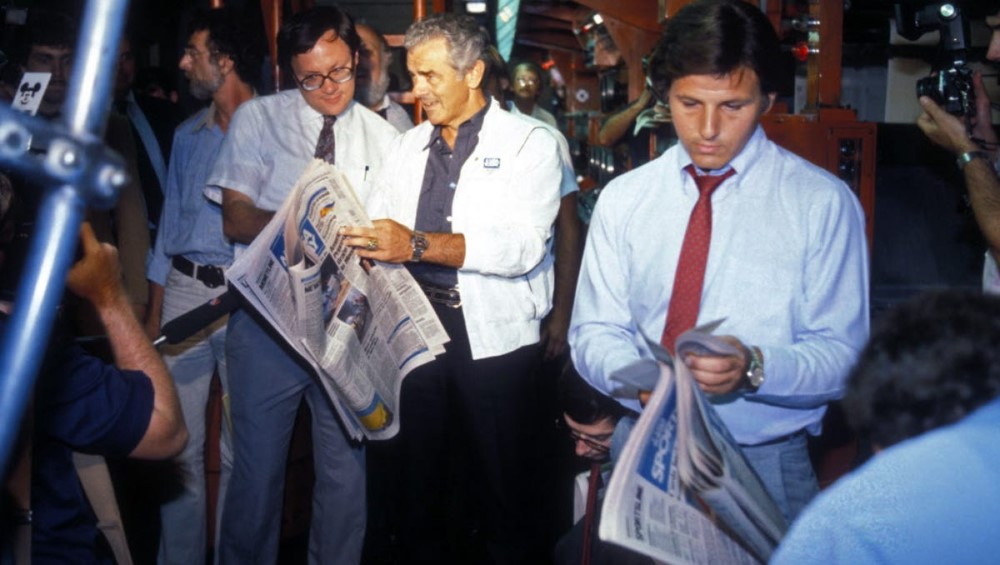
USA Today’s “Scandalous” Early Days
Different from any established newspapers, USA Today adopted flashy national commercials in its first years, with celebrities from Willard Scott to Willie Mays and Mickey Mantle promoting the newspaper. Whereas USA Today gained phenomenal popularity, it was savaged by critics as junk-food journalism. Actually, criticism of USA Today began almost immediately. “A national daily newspaper seems like a way to lose a lot of money in a hurry,” media analyst John Morton wrote upon USA Today’s debut. Complaints started with the newspaper’s very look: It was sold in vending machines designed to resemble television sets, resulting in critics accusing the newspaper of coverage “as shallow as television”.
David Hall, the former Executive Editor of The St. Paul Pioneer Press, commented it was “like reading the radio.” Even USA Today’s former Editor-in-chief, John Quinn, half joked that it “brought new depth to the meaning of the word shallow.” And its coverage sometimes seemed like self-parody. Plumbing American behavior for potential trends generated front-page headlines like “Men, Women: We’re Still Different” and “USA Is Eating Its Vegetables.”
In an editorial mission statement in USA Today’s first issue, Neuharth wrote that he wished his newspaper “to serve as a forum for better understanding and unity to help make the USA truly one nation.” Claiming to be “An economy of words. A wealth of information”, each section of his paper was a deliberate attempt to fulfill this belief. The news section featured a state-by-state breakdown of top news stories, offering readers a cross-section of news events from across the country. The daily editorial was frequently accompanied by a differing viewpoint (“Another View”) from a guest writer. Besides, the newspaper did design a middle-of-the-road op-ed section, with regular national commentary from veteran journalists, especially Richard Benedetto and Walter Shapiro. More politically pointed opinion-makers to fare less successfully, as the newspaper adopted a populist, rather than elitist, approach.
Though, cynicism towards the press grew during the 1980s and 1990s, which was fueled by political scandals, perceived ideological and cultural bias, and paparazzi reporting tactics. Given that, Al Neuharth considered his newspaper’s role to help alleviate the cynicism. The “idiosyncratic” Neuharth, whose autobiography, Confessions of an S.O.B., included commentary from his two ex-wives (“Al Neuharth is a snake”), unexpectedly embarked on a cross-country “Bus Capade” during 1987, writing a regular column from each of the 50 states to celebrate the bicentennial of the Constitution. Notably, the Gannett’s chairman celebrated the down-home common sense of average Americans from the heartland, as opposed to out-of-touch politicians and academics from the East and West Coasts. Actually, his disregard for what the industry considered serious news was rooted not only in marketing but also in his conviction that his small-town, heartland sensibility made him more attuned than the East Coast elites to what Americans cared about. Whereas some dismissed Neuharth’s trek as a mere publicity stunt, others did appreciate his willingness to meet with his readers.
Readers bought it, yet advertisers did not. Financially, USA Today bordered on disastrous, losing $800 million to staggeringly $1 billion before breaking even more than a decade later. This emerged as a testament to Neuharth’s determination, as well as his power with his board, that the newspaper survived its infancy.
Then, just like Ted Turner, the founder of CNN, Neuharth seized “the technology of the moment” – satellite transmission – to turn a string of cheap, local businesses into something larger than the parts, zapping USA Today’s pages to printing plants across the country. Yet, whilst CNN was immediately hailed as an idea whose time had come, few people beyond Neuharth thought that another national newspaper — to compete with The Wall Street Journal, The New York Times and The Christian Science Monitor — was either necessary or viable.
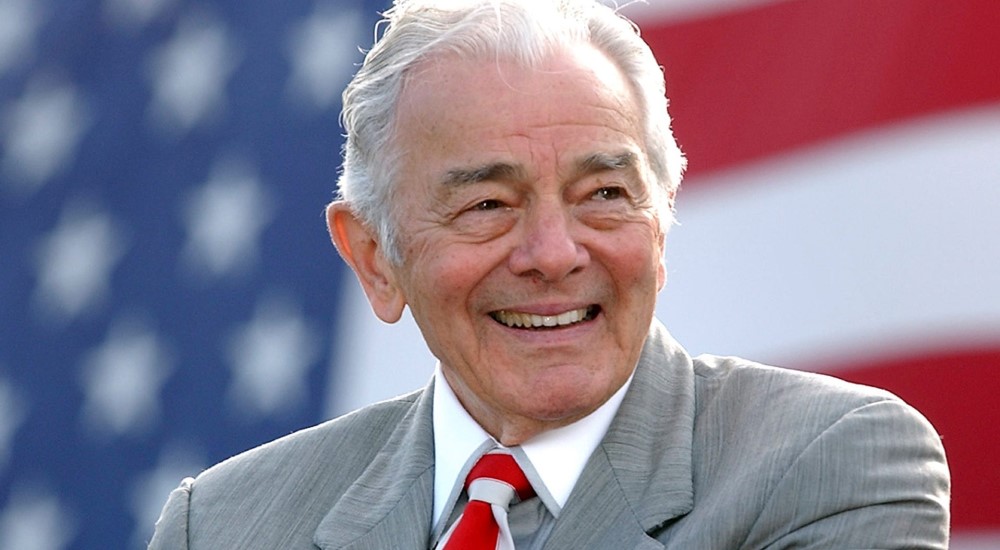
“He had a vision for USA Today, and simply by dint of will made it happen,” stated Alex Jones, a Pulitzer Prize-winning journalist and former Director of the Joan Shorenstein Center on the Press, Politics and Public Policy at Harvard Kennedy School. “USA Today was viewed as a fool’s mission, and it has proved to be an enduring institution and an important one.”
“USA Today was viewed as a fool’s mission, and it has proved to be an enduring institution, and an important one.” – Alex Jones, a Pulitzer Prize-winning journalist and former Director of the Joan Shorenstein Center on the Press, Politics and Public Policy at Harvard Kennedy School
USA Today Weathering Through Criticism Waves & Its Own Financial Crisis
After a decade of “burning” money, USA Today finally yielded a profit in 1993 – four years after Neuharth had retired and after the newspaper had begun shifting to more serious, and often lengthier, news coverage, partly to counter the paper’s reputation as a lightweight but also to draw more readers and advertisers. Readers, it turned out, also wanted what they need.
Since that, the management has spent their newfound prosperity on emphasizing its editorial content over its presentation. Former Executive Editor Bob Dubill acknowledged that USA Today’s editors were “following TV.… Now, we’re trying to lead TV.” Within a 15-month span in 1996-1997, the media giant did add an additional 25 reporting and editing slots for editorial staff of 440. “We’ve taken some from the back room and put them on the street,” added Publisher Tom Curley with pride, highlighting that numerous seasoned editors had returned to reporting beats.
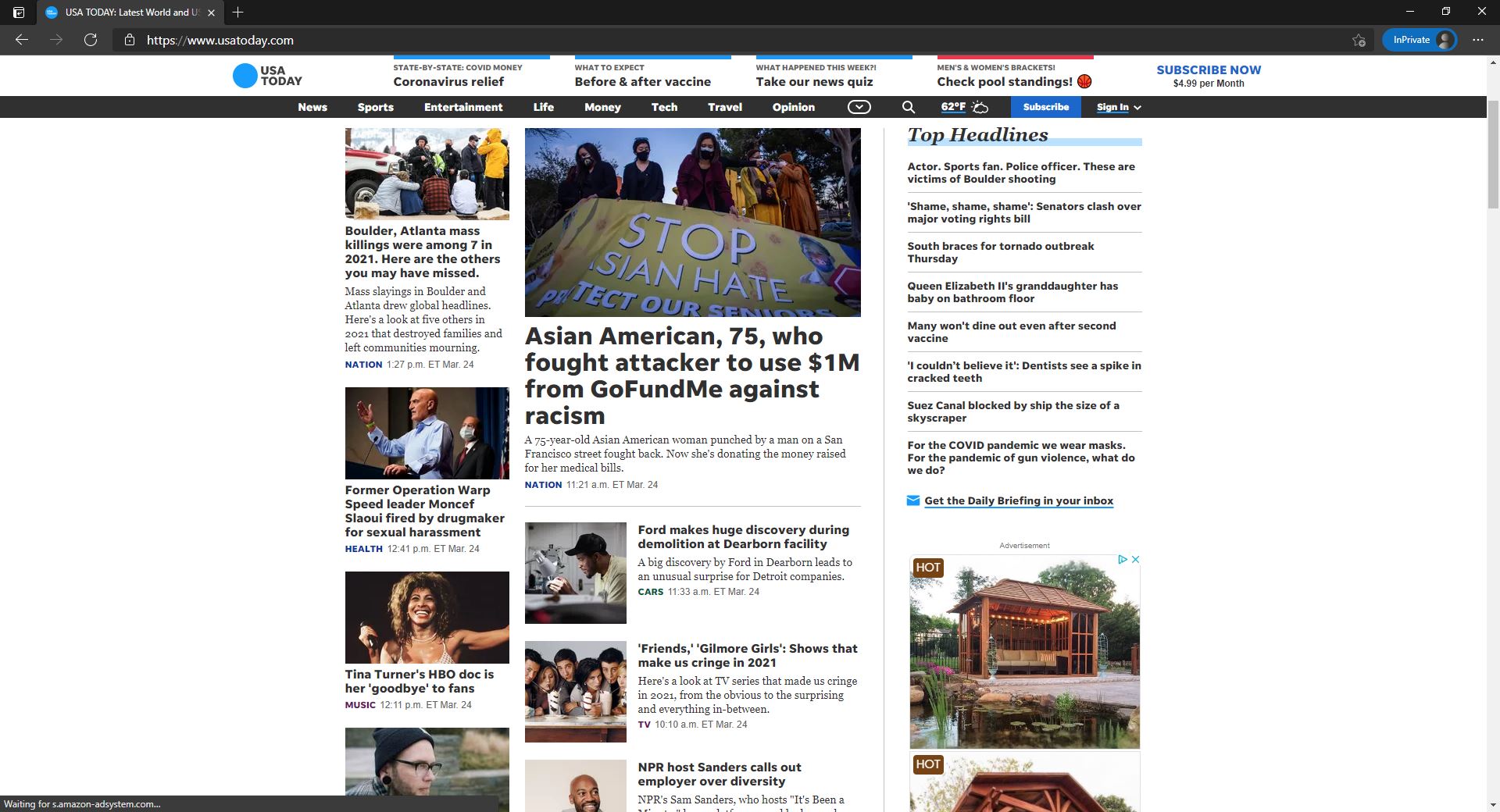
Having commenced in 1982 with no international bureaus and only two domestic bureaus, by the late 1990s, USA Today was also starting four domestic bureaus and several foreign bureaus—coinciding with the closing of domestic and international news bureaus by the major television networks.
By the mid-1990s, much of the early criticism of USA Today had abated. Media critic and “The Media Monopoly” author Ben Bagdikian, who in 1982 called USA Today a “mediocre piece of journalism (presenting) a flawed picture of the world every day,” did recant 15 years later. “It has become a much more serious newspaper … I don’t think it’s a joke anymore.”
“USA Today has become a pretty damn good newspaper. They are spending money, and it is making a difference. And they are everywhere,” commented Veteran Washington reporter David Broder. Additionally, John Morton, who had initially criticized Neuharth’s venture, shared in 1997, “There is no question that they are a success.… You are less likely to find a front-page article on some silly topic than on more serious issues. They have made it a more serious vehicle than it ever has been.” Thomas Frank of The Baffler, while attacking the daily’s middlebrow mindset, readily conceded that ” USA Today is arguably the nation’s most carefully edited and highly polished newspaper,” concluding that it “has charted the course that almost every paper in the country is presently following.” In 1997, even the New York Times, as “The Gray Lady”, began running color photographs in every section of its daily editions and The Washington Post also followed suit two years later.
Though the circulation of most daily newspapers – including New York, Philadelphia, Dallas, and Los Angeles – declined in the 1980s and 1990s, USA Today, the only major daily newspaper founded since World War II, went on to become the most widely read daily newspaper in the country – though it has slipped to second behind The Wall Street Journal in total circulation when digital subscribers were included. Analysts hailed USA Today’s strategies to keep its circulation base by appealing to common demographic interests. Whilst, at that time, it was yet to win a Pulitzer, the media giant earned a reputation for serious reporting and found a niche as a digest of the day’s news that frequently offers more heft than the local newspaper.
Assessing USA Today’s legacy in The American Journalism Review in 1997, Neuharth said the paper had “the right formula for reinventing newspapers at the time.” If it also had less salutary effects on the industry, he commented, it was the fault of those who had copied him.
As a money-loser in its early years, by its 25th birthday, in 2007, USA Today “boasted” a circulation of 2.3 million. By then, it was solidly profitable.
Almost as important, it set the “template” for what newspapers increasingly came to look like. While USA Today was early on dismissed as the “McPaper,” with pioneered short, grabby articles, data-rich infographics, pop-culture coverage, and color photography, its innovations are now the norm. In the meantime, its format and tone have remained carefully accessible, over the years its journalist ambitions have grown bigger. In 2018, USA Today won a Pulitzer Prize, and on five other occasions, its work has been a finalist for journalism’s highest honor.
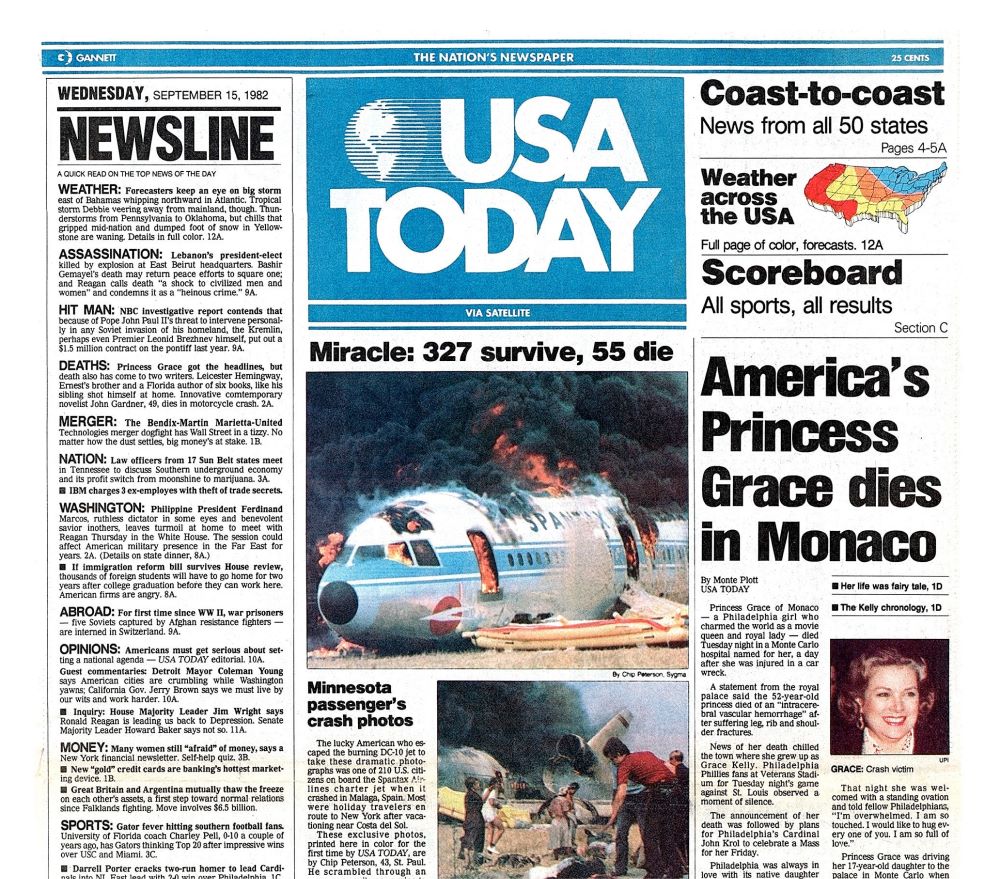
“Neuharth’s innovations had a revolutionary impact,” stated Bill Kovach, former editor of The Atlanta Journal-Constitution and founding chairman of the Committee of Concerned Journalists. “Virtually no newspaper in the country, nor many around the world, have not been deeply affected by USA Today in terms of look, color, graphics and brevity.” In retrospect, admirers can’t help but applaud him for rethinking the American newspaper and streamlining the business in a way that would make print media more nimble and competitive in the Internet age.
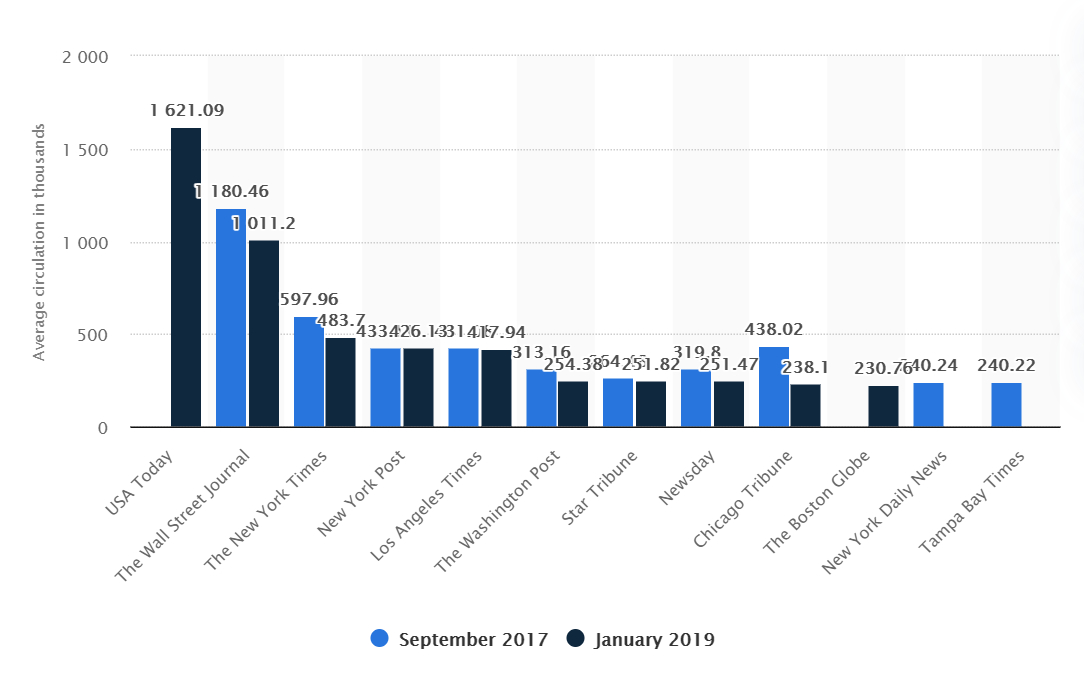
As of January 2019, the circulation figures for daily newspapers in the United States reveal that USA Today distributed the most papers, with a daily circulation of over 1.62 million. For time being, in light of the sharp circulation decline of the newspaper and meteorically rising patterns of online news readership within the ever-digital era, “Gannett has no plans to discontinue the print edition of USA TODAY, which remains an important part of our business. Gannett remains committed to high-quality journalism for the communities we serve and our ongoing digital transformation…”
Is the USA Today Media Giant Still Relevant to Today?
There exist some concerns as to whether the Gannett flagship newspaper is still a credible and unbiased information source. From media rating agencies’ standpoints, such as Ad Fontes Media, a Colorado-based media watchdog organization primarily known for its Media Bias Chart, USA Today’s content is as neutral in terms of bias and as most reliable in terms of reliability.
Besides, AllSides – as a media bias rater – has consistently evaluated USA TODAY as having a Center media bias. It should be noted that a Center media bias rating does not necessarily translate that a source is unbiased, neutral, perfectly reasonable, or credible. It simply means the given source or writer does not predictably publish perspectives favoring either end of the political spectrum — either conservative or liberal.
From readers’ perspectives, there are divergent opinions in regards to USA TODAY’s credibility and originality. “While the newspaper mostly just regurgitates stories people can commonly get elsewhere, they do write some original stories and follow journalistic principles. They’ve gotten a few things wrong over the years, but every paper has, and they are more accurate than most,” commented Darren Johnson, Campus News Owner and a PR/Advertising professional.
He added, “Is USA Today as important as The New York Times? Hardly. They aren’t going to win many Pulitzers because they usually don’t “break” serious news, nor are they usually the first to investigate a touchy subject, and the style of the paper is purposely generic, so writers can’t write in the exciting style that wins big awards. But it’s a notable paper and they do hire some decent, experienced journalists to write some explanatory pieces that surely are legitimate and can be cited.”
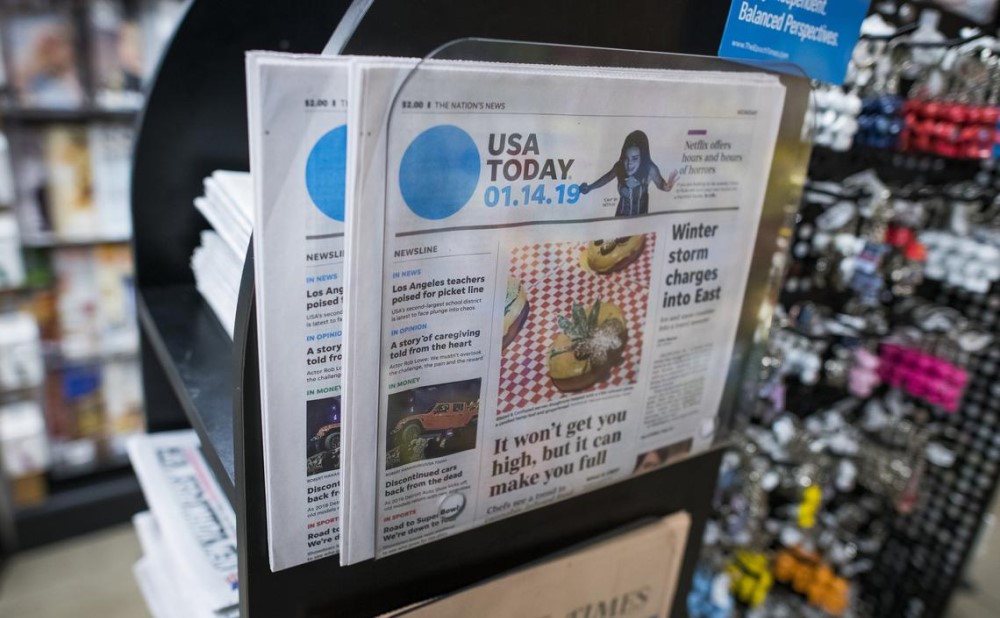
“USA Today is news reported by people. People do not have the ability to be completely unbiased. It is the job of editors to temper those innate biases. That is why, unlike forums such as Quora, news has been filtered and refined to limit personal bias. Overall, USA today does this pretty well,” shared a USA Today long-term reader. “My experience with USA Today is they rarely go deep into context and explanation. This makes their reporting less satisfying and may appear to be less interesting to some. This may be their way to be equitable and maintain mass appeal. You would be hard-pressed to find a fabricated story in USA Today. That makes them boring, but very reliable.”
Negative standpoints, thought, exist. “It’s [USA Today] blatantly tendentious. I read it for many years and it incrementally got further and further to the left and more and more expensive for less and less factual reporting. Now it’s reminiscent of Izvestia.”
After all, it’s true that “all media contains, to some extent, the biases of the writers and editors, which is unavoidable. Also, there is a limitation as to how many words can be in an article, and how much background a reporter can include in a story,” stated the Former U.S. Naval Officer John Eric. “… All these media sources are businesses – they need views and readers to attract advertising dollars. So, they must tailor their content to attract their audience. People are attracted by conflict, confrontation, controversy and competition.”
The Bottom Line
“Born” as the dream of the ever-influential media mogul Al Neuharth to reinvent the national newspaper, USA Today turns out to be a stunning success, growing to be the largest daily US newspapers in order of circulation, despite all hurdles in its infancy. Concerns around the media giant’s credibility and unbiasedness remain unanswered, yet there is no doubt over its power to dramatically reshape the journalism landscape.

